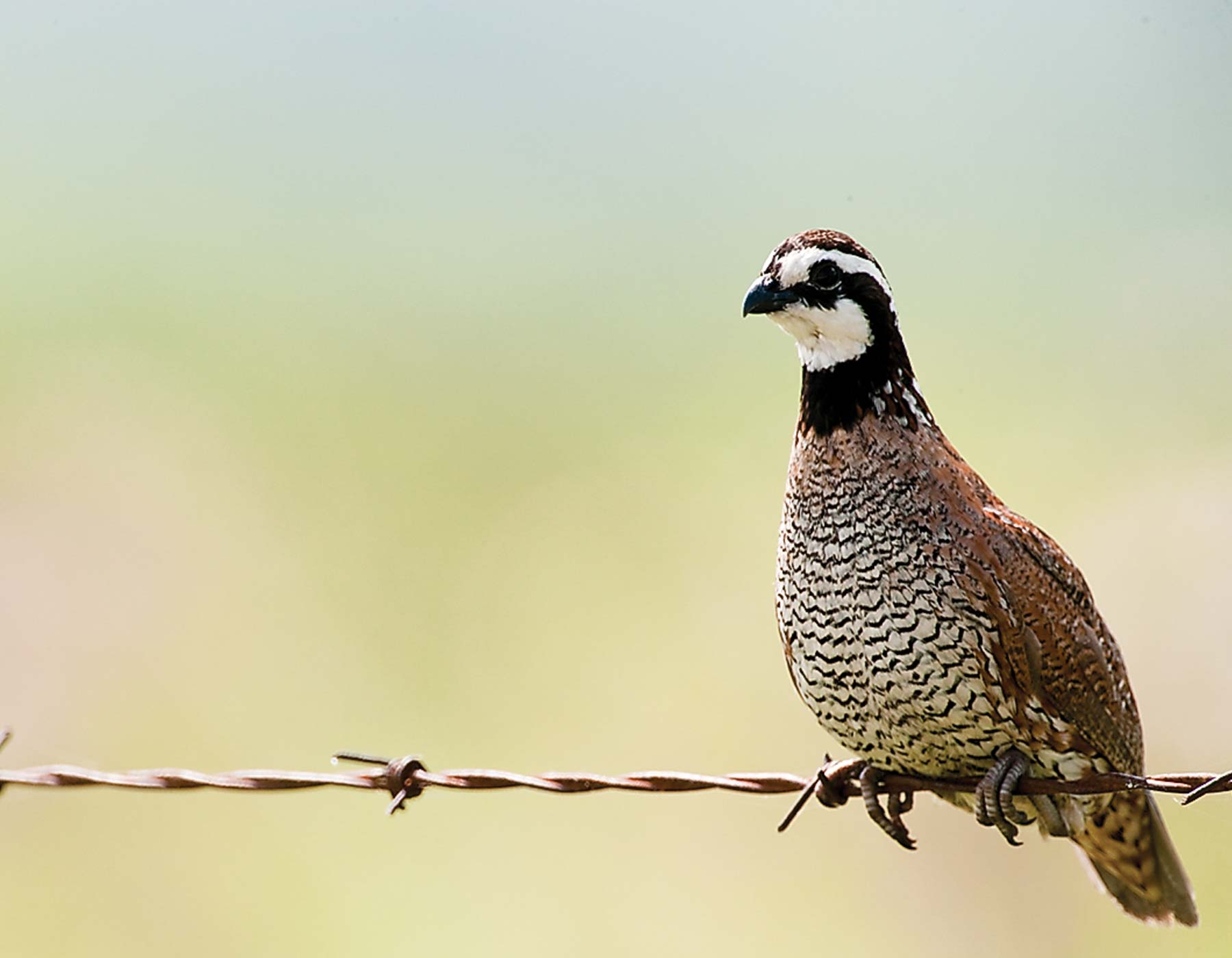
Xplor reconnects kids to nature and helps them find adventure in their own backyard. Free to residents of Missouri.


































Stay in Touch with MDC news, newsletters, events, and manage your subscription

Xplor reconnects kids to nature and helps them find adventure in their own backyard. Free to residents of Missouri.

A monthly publication about conservation in Missouri. Started in 1938, the printed magazine is free to residents of Missouri.


BY: TIM KAVAN ---MDC Private Land Conservationist for New Madrid, Mississippi, and Pemiscot Counties
CAPE GIRARDEAU, Mo -- Recreational mowing has developed into an annual spring and summer activity without much thought of the cost to wildlife populations.
Recreational mowing is the urge one gets after spring green up to hop on the tractor and cut everything, ensuring every uncropped acre is looking like a well-manicured golf course. The problem with this is that is coincides with the peak nesting seasons of the northern bobwhite, the wild turkey and many non-game upland nesting birds. It is also the same time that white-tailed deer and cottontail rabbits are bearing young. In southeast Missouri, the peak nesting season is May 1 through July 15.
Recreational mowing promotes thick stands of annual grasses such as fescue, brome, and Johnson grass, which impedes the movement of wildlife, reduces food supplies and increases the chance of hypothermia on cool damp mornings. Recreational mowing also increases predation opportunities, destroys nests, kills fawns and rabbits and reduces bare ground for dusting. Recreational mowing creates a “dead zone” for wildlife.
Unfortunately for quail, people prefer mowed grass. Often mowing is done for appearance or access. Some landowners like mowed paths to walk along while hunting. Others just see an unmowed area as a sign of a poor farming practice, or they think summer mowing will help control woody sprouts. Actually, summer mowing only cuts off the top of the sprout, leaving sharp spikes for ATV and truck tires. In a year or two the sprouts will be right back.
Consider the following alternatives, which benefit wildlife, before starting up the mower:
These practices help support the five essential cover-type needs of bobwhite quail: nesting, brooding, feeding, dusting and escape cover. Quail nests are frequently located within 50 feet of an edge, so these cover types must be in close proximity to each other. Bobwhite quail and other wildlife require a proper mix of early successional vegetation to form those habitat requirements. However, too much of any one of these components results in a deficiency in another and reduces the overall quality of the edge.
The next time you start up the mower, think twice before you create a “dead zone” on your farm. Mowing field edges will likely destroy some of your best habitat and create future management problems. Avoid the urge to mow whole fields or any mowing during the nesting season. Remember, a considerable amount of quail nesting still occurs in August and September when most people believe it is alright to start mowing.